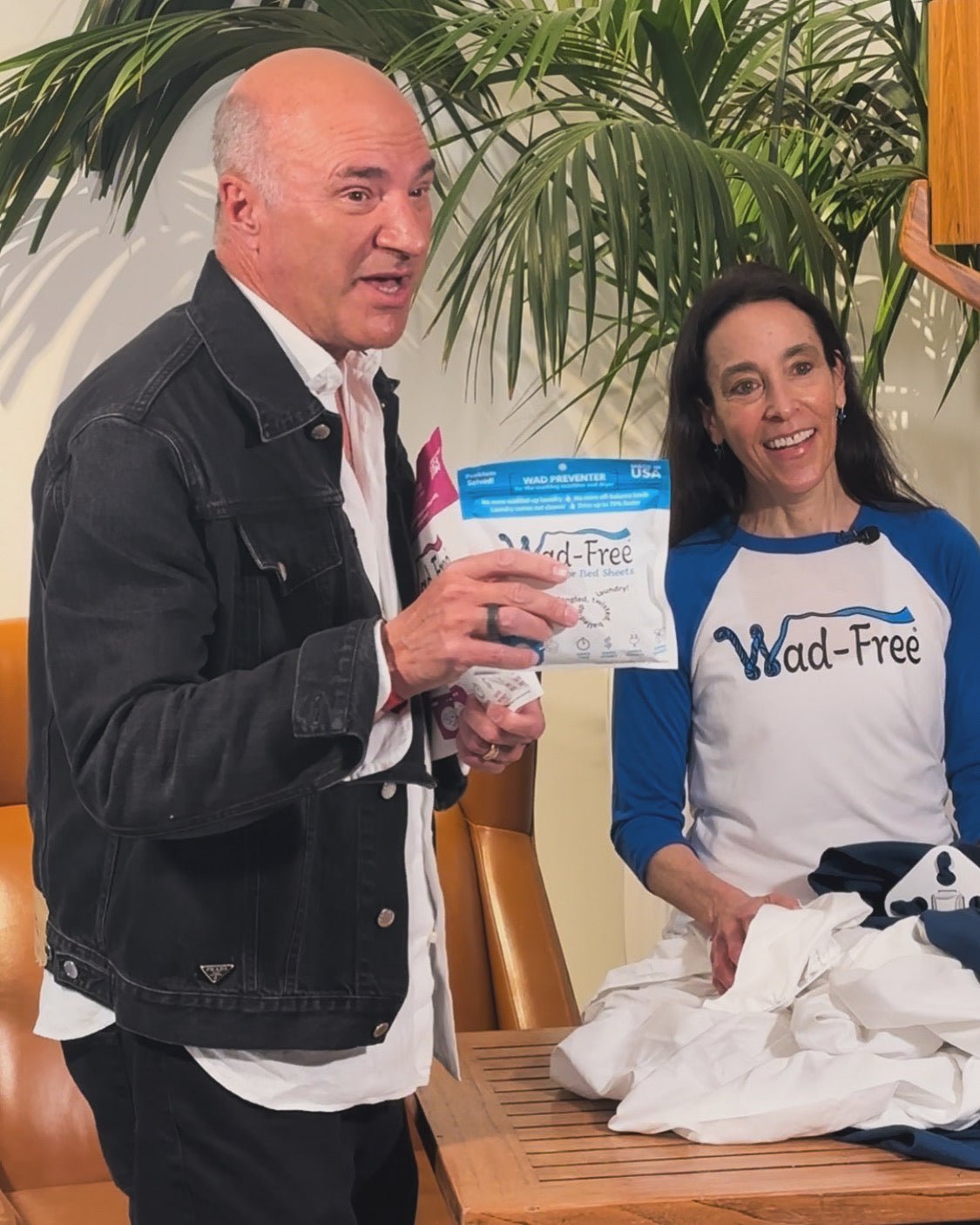Why your fabric care label always trumps your appliance cycle settings
and why you might be washing your sheets wrong...
Let’s face it, washing sheets can be confusing. Modern appliances have so many setting options, it’s hard to know which to choose. You want your sheets to be clean, and you want them to last, but you may unwittingly be contributing to their early demise by the way you launder them.
Adding to the confusion, many appliances have a “Bedding” setting, which you might think is appropriate for laundering your bedding…right? (If you answered yes, keep reading….)
Other machines have a “Sanitize” setting, which could sound appealing in the midst of a global pandemic, right? (Again, keep reading….)
And if you have cotton sheets, should you choose the "Cottons" setting? (Guess what, the answer is probably not!)
Then there are the “Heavy-Duty”, “Allergen”, “Whites”, “Bulky”, and “Quick Wash” settings…and the list goes on.
And to make matters worse, what these settings mean may differ between appliance manufacturers, and even from model to model!
The key to success, and to the longevity of your linens, begins and ends with your sheets’ fabric care instructions...you know, that tag sewn into your sheets with important information about how to care for them.
Quick Tip: Most sheets call for gentle treatment – cold water, gentle agitation, low spin cycle, no bleach, no fabric softener, low heat setting.

Washing machine cycles vary in water temperature, agitation strength, soak time, cycle length, and spin speed. Dryer cycles vary in temperature and dryness level. Before you choose your cycles, make sure you understand how they work, and whether your sheets are cut out for them. (Hint: because each machine may be different, the best way to know the factory settings of your machines is to check your owner’s manual.)
You may be surprised to learn that your sheets might not be able to tolerate the “Bedding” (sometimes called "Bulky") setting of your washer or your dryer. The “Bedding” cycle on many washers agitates vigorously — often with warm water — and sometimes using an extended wash cycle and a high spin cycle. The dryer’s “Bedding” setting often uses high heat. If your sheets’ fabric care instructions say “Normal”, “Delicate/Gentle”, “Cold Water”, and/or “Low Heat”, think twice before selecting the “Bedding” setting!
Similarly, the “Sanitize” setting often uses uses extra hot water with extra agitation, an extra long soak and cycle time, and a high spin cycle. The “Whites” setting often uses hot water with strong agitation and a super high spin cycle. If your sheets call for “Normal”, “Delicates/Gentle”, “Cold Water”, and/or “Low Heat”, all of these settings could be the death of your sheets. This is particularly important with sheets made of bamboo*, eucalyptus*, rayon*, linen, or microfiber which may be damaged using these cycles just once — even if the damage isn’t immediately visible.
Now let’s talk about the two most common washer settings recommended by sheets manufacturers, the “Delicates/Gentle” cycle and the “Normal” cycle. The “Normal” cycle of many machines uses warm water, medium-high spin, and average agitation. “Normal” is suitable only for sheets that can tolerate those conditions (tip: many sheets cannot). Extra caution should be paid to your specific appliance, because some "Normal" cycles use a high spin speed. The “Delicates/Gentle” cycle is the cycle most sheets should be washed on because it often uses cold water, a low spin speed, and gentle agitation. When in doubt, manually set your appliances to match your fabric care instructions.
This can’t be stressed enough: a read of the care instructions tag will tell you what your sheets require. By carefully following your fabric care instructions each and every time, you will get the full life expectancy (2-3 years according to the Good Housekeeping Institute) out of your sheets.
While following your fabric care instructions, consider using Wad-Free® for Bed Sheets, the new laundry gadget that prevents your sheets from tangling, twisting, and balling-up in both the washing machine and the dryer. Used in conjunction with proper fabric care instructions, Wad-Free for Bed Sheets preserves your sheets, keeps your washer from going off-balance, and results in cleaner sheets that dry up to 75% faster with fewer wrinkles.
Wad-Free for Bed Sheets is easy-to-use, reusable, made in the USA, and available at wadfree.com.
A high spin speed is not recommended with Wad-Free.
*Note: Wad-Free® is not recommended for use with bamboo, eucalyptus, or rayon sheets which (unlike cotton) are very weak when wet, agitated, or dried, and thus require extra gentle care.
Wad-Free® is the first-ever Wad Preventer™ (also known as Bed Sheet Detangler™) for the Washing Machine and the Dryer.
The Genuine Wad-Free® Bed Sheet Detangler™ is only available at wadfree.com , on Amazon Sold and Shipped by Wad-Free®, and on The Grommet.
.

©2021 Brayniacs LLC | All Rights Reserved



